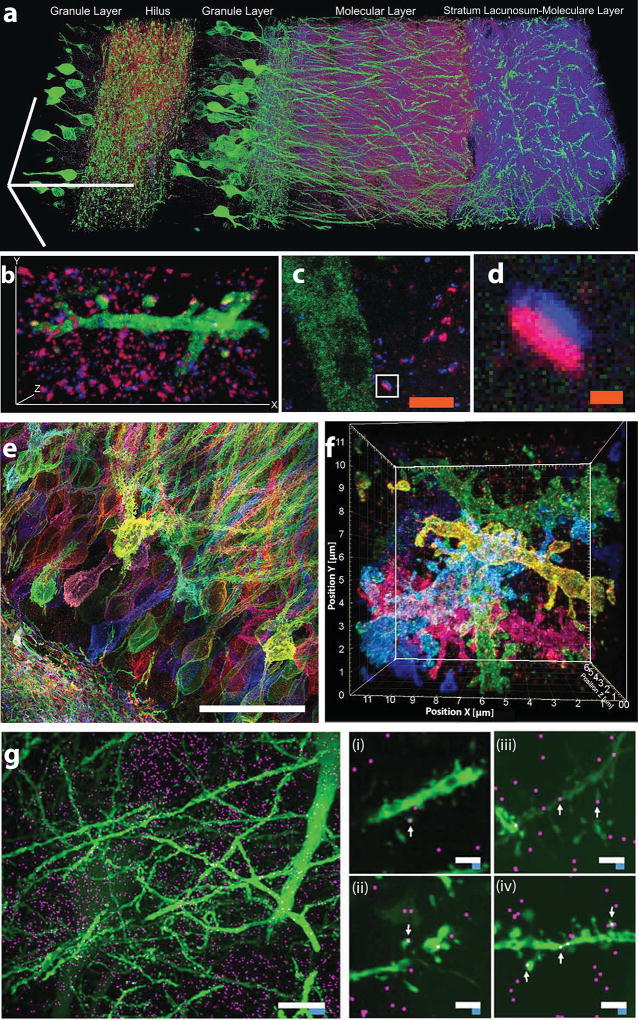Figure 1. Expansion microscopy workflow.
Biomolecules, or labels highlighting biomolecules of interest, in fixed cells or tissues (a), are functionalized with chemical handles (AcX, green, binds proteins; LabelX, purple, binds nucleic acids such as mRNA) that enable them to be covalently anchored (b) to a swellable polymer mesh (composed of crosslinked sodium polyacrylate) that is evenly and densely synthesized throughout the specimen (c). The sample is mechanically homogenized by treatment with heat, detergent, and/or proteases (d). Adding water initiates polymer swelling (e), which results in biomolecules or labels being pulled apart from each other in an even, isotropic fashion, and thus enabling nanoscale resolution imaging on conventional microscopes (f, adapted from ref. 5). Expansion significantly reduces scattering of the sample, since the sample is mostly water (g, adapted from ref. 5). In g, a 200 µm thick fixed mouse brain slice is opaque before ExM, but after expansion is completely transparent.

